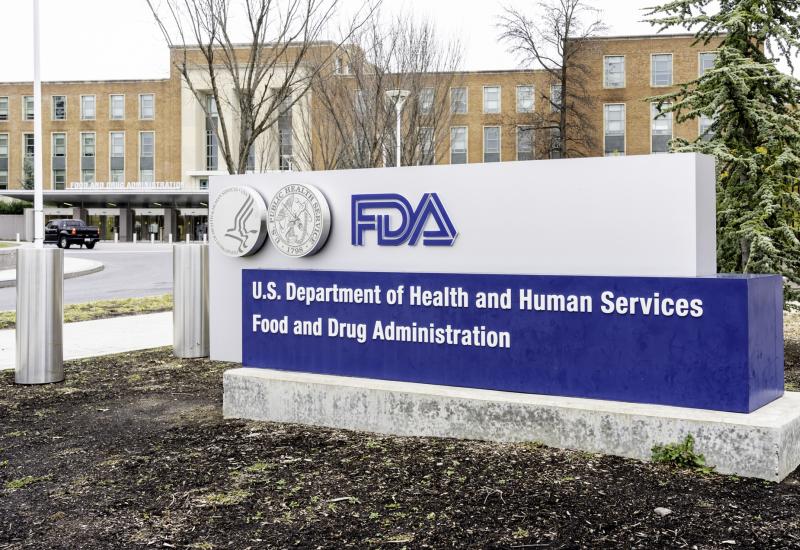
FDA red and green lights: September 2025
A single-arm trial was enough for J&J’s Inlexzo nod.
A single-arm trial was enough for J&J’s Inlexzo nod.

Four products scored US oncology approvals in September: Merck & Co’s Keytruda, AstraZeneca’s Koselugo, Lilly’s imlunestrant, and Johnson & Johnson’s TAR-200, the last two now branded Inluriyo and Inlexzo respectively.
The standout among these is Inlexzo, J&J’s bladder cancer therapy, acquired from Taris in 2019 for an undisclosed fee. The approval was notable given that it was backed only by data from a single-cohort trial, an unusually thin dataset for a full nod.
The FDA cleared the drug for BCG-unresponsive NMIBC patients with carcinoma in situ, with or without papillary tumours, based on an 82% complete response rate in the Sunrise-1 trial. Inlexzo enters a field that already includes ImmunityBio’s Anktiva, Ferring’s Adstiladrin, and Merck & Co’s Keytruda.
While cross-trial reads hint at a possible edge, the label comes with warnings about metastatic disease with delayed cystectomy, and unsuitability for patients with perforated bladders. Still, this is the first step, as J&J believes that Inlexzo could reach peak sales of $5bn, but for that the company will need to expand the use of the drug.
Subcutaneous
Meanwhile, Merck & Co’s juggernaut Keytruda became the third anti-PD-(L)1 MAb to be US-approved in a subcutaneous formulation. Results from the Keynote-D77 trial, which demonstrated comparable pharmacokinetics and response rates to the IV formulation in treatment-naive NSCLC patients, support the decision.
But this comes with a small caveat, as the subcutaneous formulation, now branded Keytruda Qlex, will apparently not be immediately available for all solid tumour indications of the IV version. The head and neck cancer indication that was approved last June is excluded, according to Merck, though this wasn't evident from the FDA's statement announcing the approval.
Neurofibromatosis and breast
As for AstraZeneca’s Koselugo, this month’s green light extends use of the capsules to paediatric patients aged one year and older with neurofibromatosis type 1 with plexiform neurofibromas (NF1-PN), and adds a new granule formulation to be used by the same patient population.
The approval was supported by results from the Sprint and Sprinkle trials. Nevertheless, the company is looking forward to bigger news for this drug, as it awaits potential approval in adult patients based on the Komet phase 3 study.
Finally, Lilly got full approval of the oral oestrogen receptor degrader Inluriyo in second-line ER-positive HER2-negative breast cancer. Similarly to Menarini’s Orserdu, the approval is restricted to patients with ESR1 mutations, since the Ember-3 trial failed to show a benefit in the all-comers population.
These nods come at a tough time for the agency; during the ongoing US government shutdown the FDA says it will not accept new drug applications, and ongoing reviews are likely to face delays.
Selected September 2025 US regulatory decisions in oncology
| PDUFA date | Outcome | Drug | Company | Indication | Note |
|---|---|---|---|---|---|
| Assumed Sep 2025 | Full approval 9 Sep | Inlexzo (TAR-200) | Johnson & Johnson | BCG-unresponsive NMIBC with CIS +/- papillary tumors | J&J bought Taris for undisclosed fee in 2019; estimates Inlexzo could be $5bn drug |
| Undisclosed | Full approval 10 Sep | Koselugo | AstraZeneca | Granules & capsules for NF1-PN pts ≥1yr (capsules prev approved for pts ≥2yrs) | Awaiting decision in adults |
| 23 Sep 2025 | Full approval 19 Sep | Keytruda Qlex (SC Keytruda) | Merck & Co | “Most” solid tumour indications for IV Keytruda | Excludes Keynote-689 head & neck cancer indication, where IV Keytruda was approved Jun 2025 |
| Undisclosed | Full approval 25 Sep | Inluriyo (imlunestrant) | Lilly | 2nd-line ER-positive, HER2-negative, ESR1m breast cancer | Second oral SERD to market after Menarini’s Orserdu; both limited to ESR1m |
Notes: NF1-PN=neurofibromatosis type 1 with plexiform neurofibromas; NMIBC=non-muscle invasive bladder cancer. Source: OncologyPipeline.
1196













